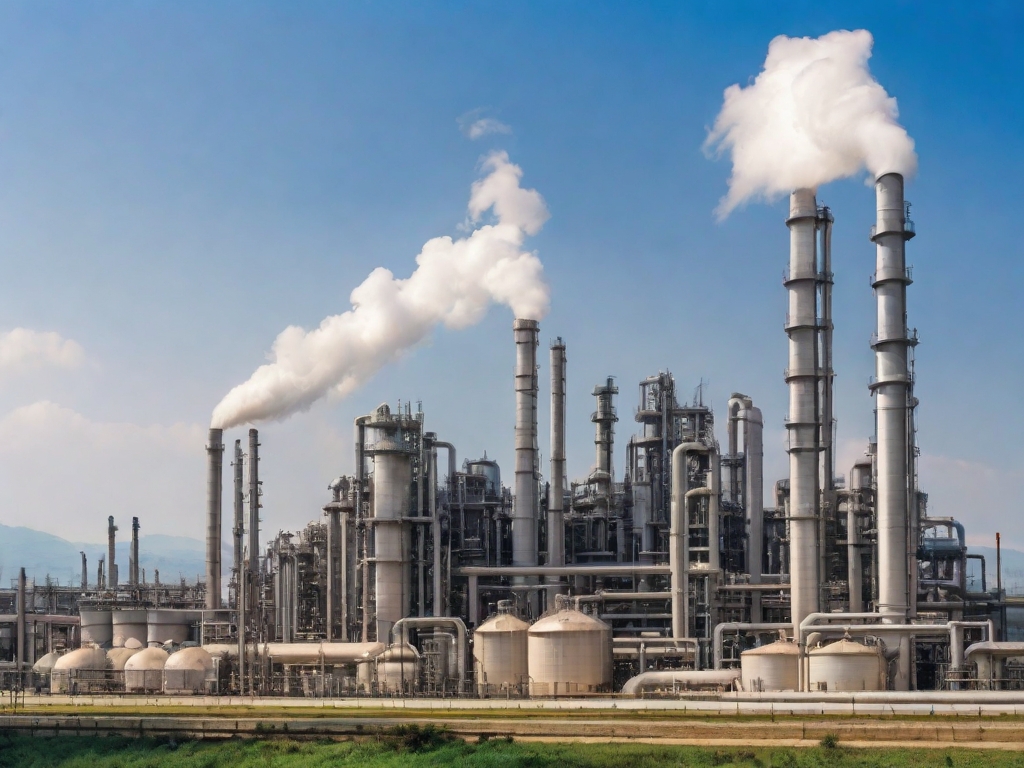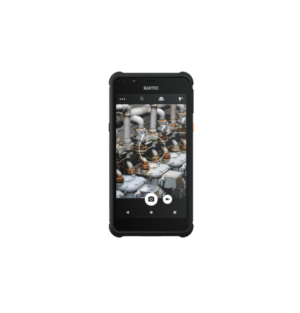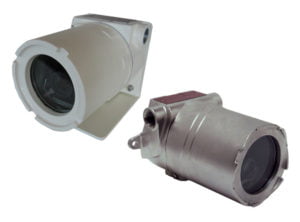Atex Zone 1 Camera
Showing all 2 resultsSorted by popularity
-
%22%20transform%3D%22translate(.6%20.6)%20scale(1.22266)%22%20fill-opacity%3D%22.5%22%3E%3Cellipse%20fill%3D%22gray%22%20rx%3D%221%22%20ry%3D%221%22%20transform%3D%22matrix(-1.13695%20-63.2415%2046.89031%20-.843%20122%20118.6)%22%2F%3E%3Cellipse%20cx%3D%22244%22%20cy%3D%22120%22%20rx%3D%2283%22%20ry%3D%2283%22%2F%3E%3Cellipse%20rx%3D%221%22%20ry%3D%221%22%20transform%3D%22rotate(89.2%20-62.1%2068.3)%20scale(235.50338%2052.73092)%22%2F%3E%3Cellipse%20fill%3D%22%23747474%22%20rx%3D%221%22%20ry%3D%221%22%20transform%3D%22matrix(3.616%2036.87876%20-27.34448%202.68115%20123%20119.5)%22%2F%3E%3C%2Fg%3E%3C%2Fsvg%3E)
Bartec Pixavi Cam
$2,54584Price Depends on product option Make a selection to update priceImport tariffs charged -
%27%20fill-opacity%3D%27.5%27%3E%3Cellipse%20fill%3D%22%237d7d7d%22%20fill-opacity%3D%22.5%22%20rx%3D%221%22%20ry%3D%221%22%20transform%3D%22matrix(-173.80695%20-74.49375%2016.76785%20-39.12232%20161.6%20117.2)%22%2F%3E%3Cellipse%20fill%3D%22%23fff%22%20fill-opacity%3D%22.5%22%20rx%3D%221%22%20ry%3D%221%22%20transform%3D%22matrix(120.73366%20-25.44257%2015.12008%2071.74991%20259.4%2027.3)%22%2F%3E%3Cellipse%20fill%3D%22%23fff%22%20fill-opacity%3D%22.5%22%20rx%3D%221%22%20ry%3D%221%22%20transform%3D%22matrix(-142.94186%20-47.55043%2016.76028%20-50.38326%2067.6%20191.4)%22%2F%3E%3Cellipse%20fill%3D%22%237e7e7e%22%20fill-opacity%3D%22.5%22%20rx%3D%221%22%20ry%3D%221%22%20transform%3D%22matrix(36.62045%20-42.81494%2023.21146%2019.85321%2070%2065.8)%22%2F%3E%3C%2Fg%3E%3C%2Fsvg%3E)
IVC AMZ-3041-2 Explosion-Proof Fixed CCTV Camera
$3,30000Price Depends on product option Make a selection to update price
- Importance of Safety and Compliance: Choosing the right ATEX Zone 1 camera ensures adherence to safety regulations and minimizes risk in hazardous environments where explosive atmospheres are common.
- Advanced Features and Technology: The specialized cameras offer robust build quality, advanced imaging capabilities, and explosion-proof housing designed to maintain operational integrity in extreme conditions.
- Operational Efficiency and Reliability: These cameras enhance safety, ensure operational continuity, and meet high durability standards, all while simplifying maintenance and integration with existing systems.
Maximize Safety with Top-Quality ATEX Zone 1 Cameras

ATEX Zone 1 cameras are crucial for industries like chemical, pharmaceutical, or oil and gas, where explosive atmospheres are likely. These cameras are engineered to withstand tough conditions, ensuring safety and compliance. They are designed with explosion-proof casings to contain any internal spark, preventing external explosions. Additionally, these cameras often feature advanced technology like infrared and thermal imaging for low-visibility monitoring. Remote access capabilities allow safe distance monitoring, reducing risk to human lives. Understanding the specific needs of your environment and tasks ensures you select a camera that meets safety, functionality, and compliance requirements.
Understanding ATEX Zone 1 Requirements
ATEX Zone 1 is an area where explosive atmospheres are likely during normal operations. Equipment used in these zones must prevent ignition. Certification ensures the camera has undergone rigorous testing. The material and build quality should include durable materials like stainless steel. Temperature classification is crucial to prevent ignition from surface temperatures. Protection features like explosion-proof enclosures and high ingress protection (IP) ratings are vital. Optical clarity and functionality, such as high-resolution imaging and good low-light performance, are important. Understanding these requirements helps ensure safety and functionality in hazardous environments.
Benefits of Using ATEX Certified Cameras in Hazardous Areas
Using ATEX Zone 1 cameras in hazardous environments offers significant benefits, making them essential for both safety and operational efficiency.
- Enhanced Safety: Designed to operate safely without igniting hazardous substances.
- Operational Continuity: Reliable surveillance technology keeps operations running smoothly.
- Quality and Reliability: High standards ensure durable performance.
- Compliance with Legal Requirements: Helps avoid fines and legal issues.
- Improved Surveillance and Monitoring: High-quality imagery supports better decision-making.
- Insurance Benefits: Potentially lower premiums due to reduced risks.
Using ATEX Zone 1 cameras enhances operational efficiency and safety management in hazardous areas.
Key Scope of Zone 1 Cameras
When choosing an ATEX Zone 1 camera, consider several important features. These features ensure compliance, safety, and functionality in hazardous environments.
Certification and Compliance
Ensure adherence to ATEX standards, confirming the camera can operate safely in explosive atmospheres. This certification also assures that the camera’s design and production meet strict European Union directives for equipment used in hazardous locations.
Robust Build and Material Quality
The cameras should be built with durable materials like stainless steel or durable polymers to withstand corrosive substances and physical impacts. This robust construction ensures the camera’s longevity and consistent functionality in harsh environments.
Ingress Protection (IP) Rating
A high IP rating, typically IP66 or higher, is critical as it indicates the camera’s ability to resist dust and withstand powerful water jets. This is essential for maintaining operational integrity under various environmental conditions.
Advanced Imaging Capabilities
High-quality visual output is crucial, even in challenging environments. Cameras with advanced imaging technologies, such as high resolution and superb low-light performance, are essential. Thermal imaging is particularly valuable for spotting overheating components or leakages that are otherwise invisible.
Explosion-Proof Housing
An essential feature for any Zone 1 camera is its explosion-proof housing. This housing is designed to contain any sparks or flames that could potentially trigger an explosion, adhering to stringent testing standards to ensure complete containment in case of internal sparks or equipment malfunctions.
Ease of Installation and Maintenance
Cameras that are easy to install and require minimal maintenance are preferred. Modular designs or remote maintenance capabilities significantly simplify these processes and enhance safety by reducing the need for physical interaction.
Integration with Existing Systems
The Zone 1 camera should seamlessly integrate with existing surveillance and monitoring systems. Cameras that support standard communication protocols add value without necessitating significant modifications to the current setup.
Maintenance and Long-Term Reliability
 For ATEX Zone 1 cameras, prioritizing maintenance and reliability is key. Regular maintenance includes routine checks on lens cleanliness, housing integrity, and software updates. Manufacturer support is crucial, providing access to technical help and spare parts. Choosing cameras with durable designs, such as rugged housings and high IP ratings, ensures they can withstand harsh conditions. Regular maintenance and selecting reliable equipment ensure safe and continuous operation in hazardous environments, reducing the risk of costly downtime. Investing in quality and durability pays off in maintaining the safety and reliability of hazardous area equipment.
For ATEX Zone 1 cameras, prioritizing maintenance and reliability is key. Regular maintenance includes routine checks on lens cleanliness, housing integrity, and software updates. Manufacturer support is crucial, providing access to technical help and spare parts. Choosing cameras with durable designs, such as rugged housings and high IP ratings, ensures they can withstand harsh conditions. Regular maintenance and selecting reliable equipment ensure safe and continuous operation in hazardous environments, reducing the risk of costly downtime. Investing in quality and durability pays off in maintaining the safety and reliability of hazardous area equipment.
Frequently Asked Questions (FAQs)
What is an ATEX Zone 1 camera?
An ATEX Zone 1 camera is a specialized device designed for safe operation in Zone 1 hazardous areas where explosive atmospheres, in the form of gases, vapors, or mists, are likely to occur under normal operating conditions. These cameras are intrinsically safe, meaning they have built-in features to prevent the ignition of surrounding explosive environments, making them essential for safety in high-risk areas.
How do I determine if I need an ATEX Zone 1 camera?
Determining the need for an ATEX Zone 1 camera involves assessing the hazardous area classification of your workplace. Zones are defined based on the frequency and duration of the presence of explosive atmospheres. Zone 1 areas are those in which an explosive atmosphere is likely to occur during regular operations. If your evaluation places your operations in Zone 1, then using an ATEZ Zone 1 certified camera is crucial for compliance and safety.
What are the key features to look for in an ATEX Zone 1 camera?
When selecting an ATEX Zone 1 camera, key features to consider include:
- Certification: Ensure the camera is ATEX certified for Zone 1 use.
- Durability: Look for robust construction suitable for harsh environments.
- Resolution: High resolution for clear imaging is critical.
- Functionality: Features like zoom capability, night vision, and adjustable angles enhance utility.
- Ease of Use: User-friendly interfaces and installation processes are important.
- Connectivity: Options for wireless or wired connections, depending on your needs.
What is the difference between Zone 1 and Zone 2 cameras?
The main difference lies in the certification and design suited for different levels of hazardous environments. Zone 1 cameras are designed for areas where explosive atmospheres are likely to occur during normal operation, thus requiring higher safety features. Zone 2 cameras, on the other hand, are meant for areas where explosive atmospheres are not likely to occur in normal operation and if they do, will exist only for a short period—these require less stringent protective measures compared to Zone 1 cameras.
Can ATEX Zone 1 cameras be used in Zone 0 environments?
No, ATEX Zone 1 cameras are not suitable for Zone 0 environments. Zone 0 environments have an atmosphere where explosive gases, vapors, or mists are continuously present or present for long periods. Cameras used in Zone 0 must meet more stringent safety requirements specific to that zone. For Zone 0 environments, specialized cameras certified explicitly for Zone 0 use are necessary to ensure safety and compliance.



























